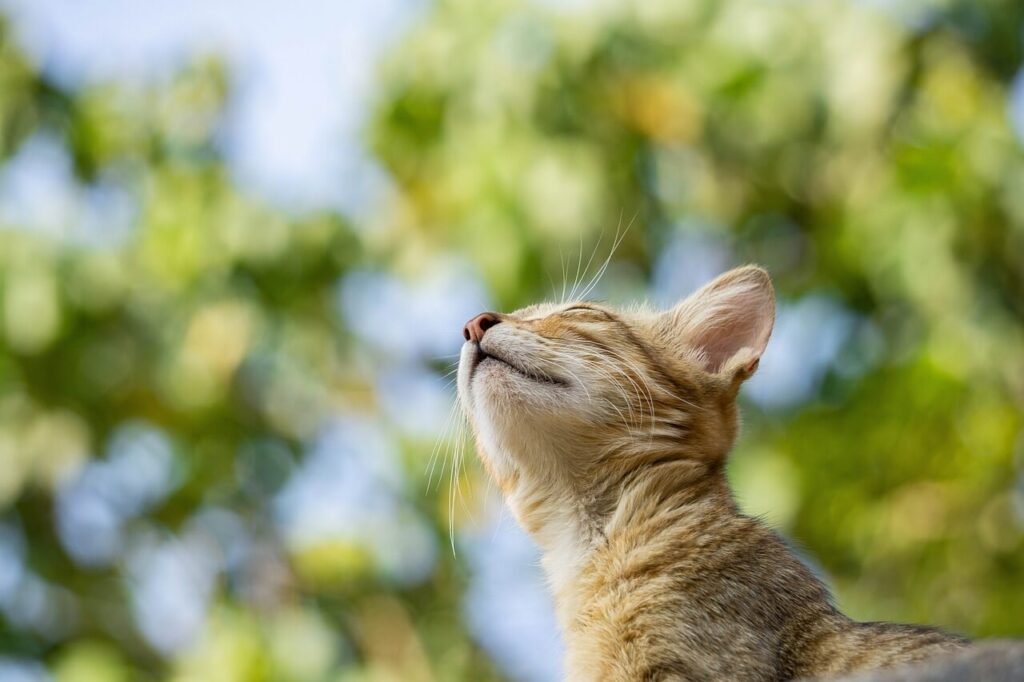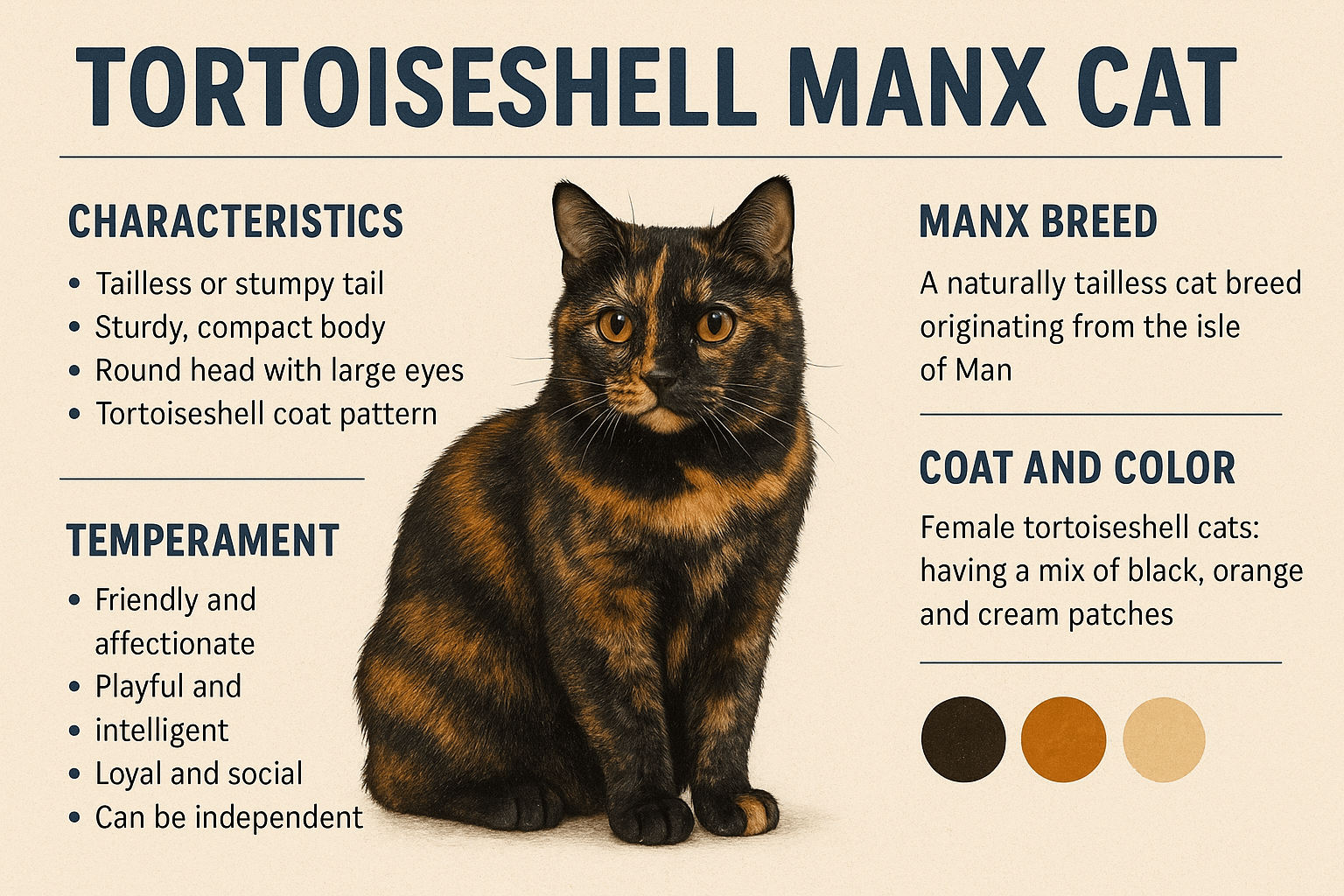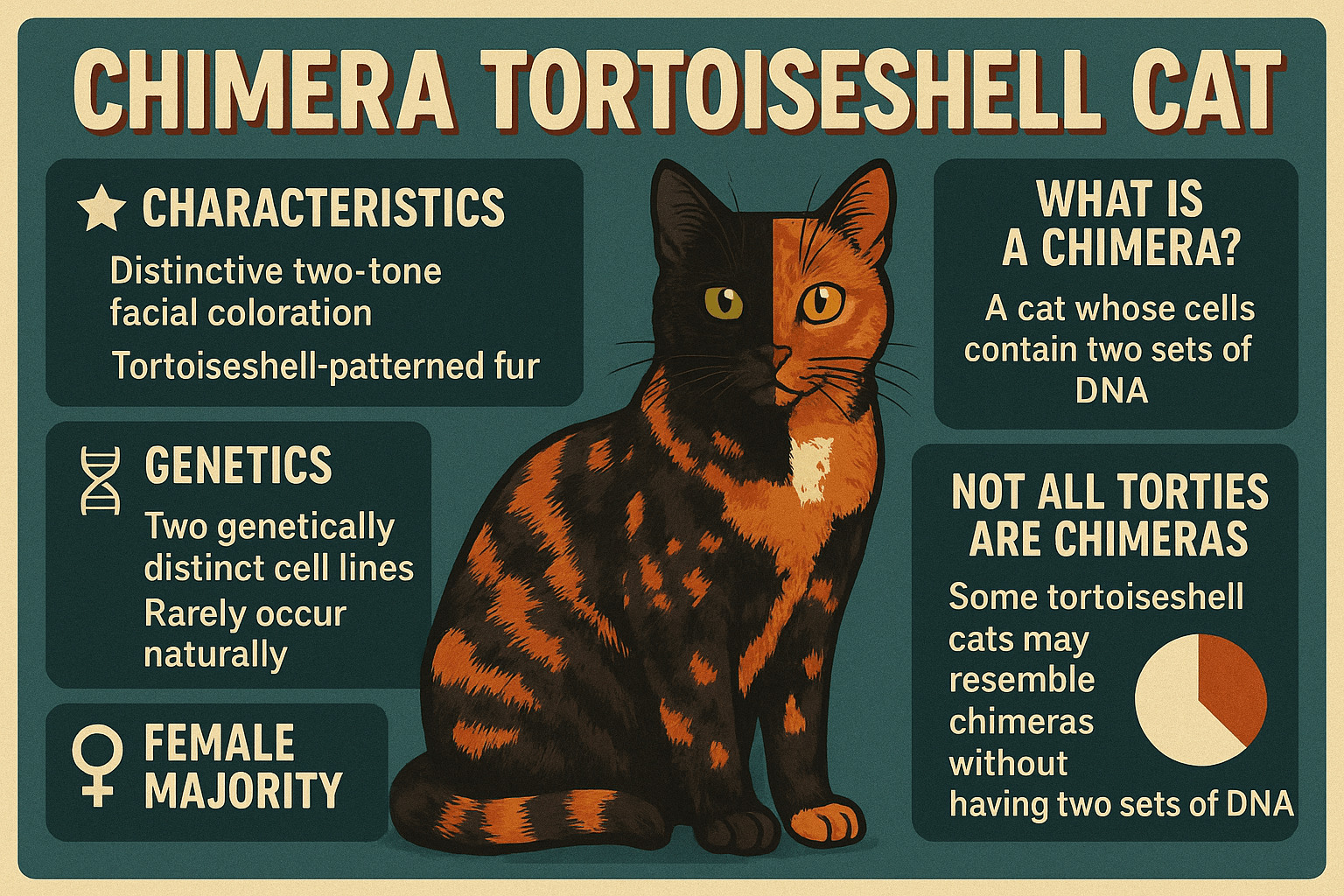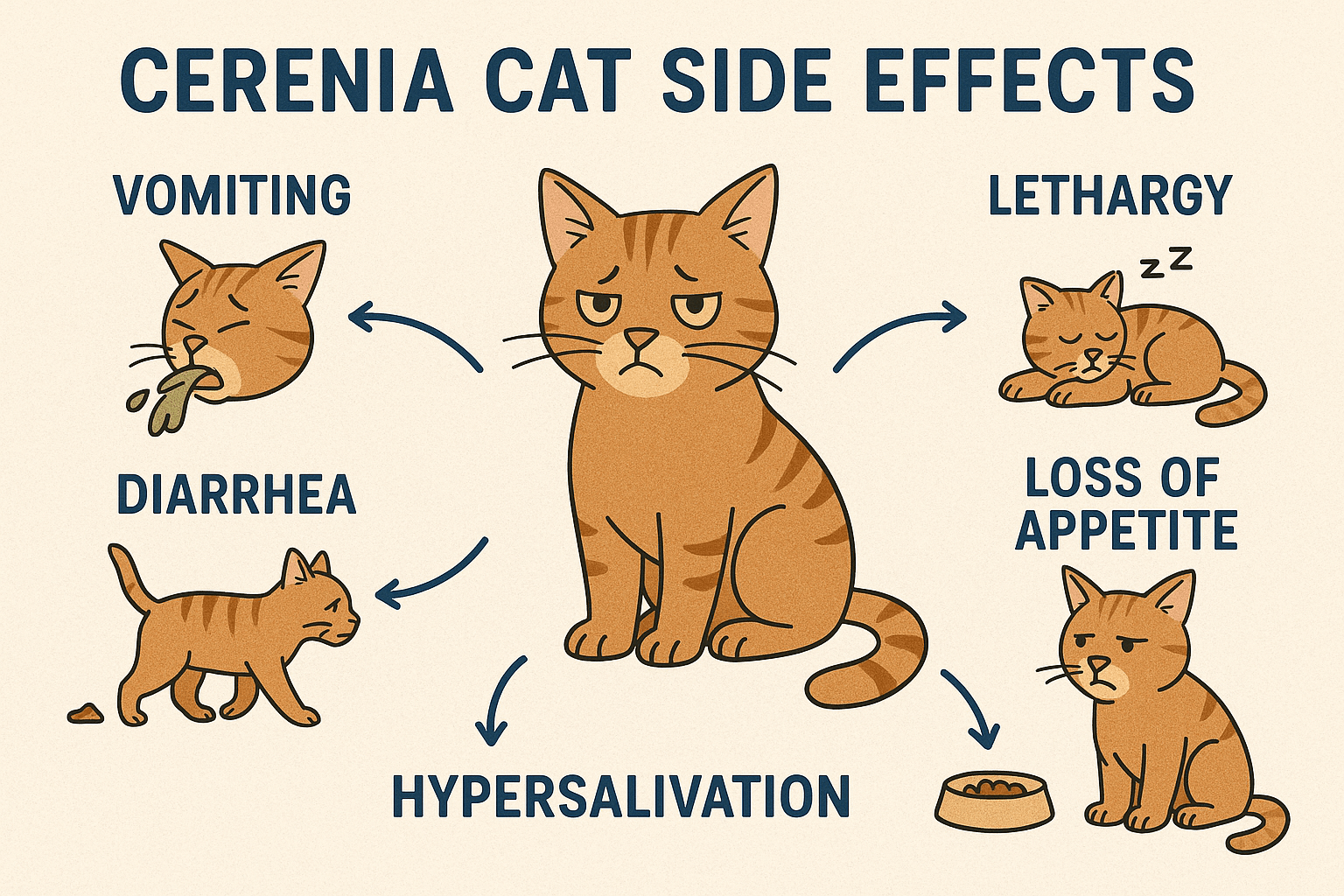Cat Overheating Symptoms: How to Recognize and Respond to Heat Stress
Cats are naturally resilient creatures, but they can still fall victim to overheating, especially during hot summer months or in warm indoor environments. Unlike humans, cats can’t sweat through their skin to cool down, making them more susceptible to heat stress. Recognizing the symptoms of cat overheating early is crucial for preventing serious health issues like heatstroke. In this article, we’ll explore the signs that indicate your feline friend may be overheating, how to respond, and tips to keep them safe during warmer weather. By understanding these risks, you can ensure your cat stays cool, comfortable, and healthy year-round.
Spotting the Warning Signs: What Overheating Looks Like in Cats
When a cat begins to overheat, their body exhibits specific signals that alert you to their discomfort. These symptoms can range from subtle behavioral changes to more severe physical reactions. Early detection is key to preventing complications, so it’s important to know what to look for. Here are some common signs of cat overheating:
Excessive Panting :
Unlike dogs, cats rarely pant. If your cat is breathing rapidly through their mouth, it could indicate overheating.Lethargy and Weakness :
A normally energetic cat becoming unusually sluggish or unresponsive is a red flag.Drooling or Salivating Excessively :
Thick or excessive drool can signal dehydration and overheating.Warm or Hot Skin :
Feel your cat’s ears, paws, or belly—if they’re unusually warm, it may mean their body temperature is rising.Vomiting or Diarrhea :
Gastrointestinal distress can occur as a result of heat stress.
If you notice any of these symptoms, take immediate action to cool your cat down and seek veterinary care if necessary. Early intervention can prevent life-threatening complications.
Why Do Cats Overheat? Understanding the Triggers
While cats are well-adapted to regulating their body temperature, certain factors can push them into overheating territory. Knowing the causes can help you minimize risks and create a safer environment for your pet. Below are some common reasons why cats may overheat:
High Environmental Temperatures :
Prolonged exposure to hot weather or poorly ventilated spaces can lead to overheating.Lack of Access to Water :
Dehydration exacerbates the effects of heat and makes it harder for cats to cool themselves.Overexertion During Hot Weather :
Playing or exercising too much in high temperatures can overwhelm their cooling mechanisms.Obesity :
Overweight cats struggle to regulate their body temperature effectively.Underlying Health Conditions :
Issues like respiratory problems or heart disease can make cats more vulnerable to heat stress.
Understanding these causes allows you to take preventive measures and protect your cat from unnecessary risks. Always prioritize hydration, shade, and ventilation to keep your feline safe.
Check this guide 👉Can Cats Overheat? Best 7 Health Tips!
Check this guide 👉How Did My Indoor Cat Get a Cold? Best 7 Health Tips!

Preventive Measures | Emergency Actions |
|---|---|
Provide fresh water at all times | Move the cat to a cooler area |
Keep fans or air conditioning on | Dampen their fur with cool (not cold) water |
Create shaded resting spots | Offer small sips of water if conscious |
Limit outdoor time during peak heat | Monitor for worsening symptoms |
Avoid leaving cats in parked cars | Contact a vet immediately if needed |
How to Safely Cool Down an Overheated Cat
If you suspect your cat is overheating, quick and gentle cooling techniques can make a significant difference. However, it’s important to avoid extreme measures that could shock their system. Here are some safe ways to help your cat recover:
Move Them to a Cooler Area :
Relocate your cat to a shaded, well-ventilated space or indoors with air conditioning.Apply Cool Water Gradually :
Use a damp cloth to gently moisten their fur, focusing on areas like the paws and belly.Offer Small Sips of Water :
Encourage your cat to drink water slowly to rehydrate without overwhelming them.Use Fans for Air Circulation :
Position a fan nearby to help lower their body temperature gradually.Avoid Ice Baths or Cold Water :
Extreme cold can cause shock; stick to lukewarm or slightly cool water instead.
These techniques are designed to stabilize your cat’s condition while minimizing stress. Always monitor their progress closely and consult a veterinarian if symptoms persist.
Keeping Your Cat Safe: Tips for Long-Term Heat Management
Preventing overheating isn’t just about reacting to emergencies—it’s also about creating a lifestyle that minimizes risk. With careful planning, you can ensure your cat remains comfortable even during the hottest days. Here are some long-term strategies to consider:
Maintain a Healthy Weight :
Regular exercise and a balanced diet help reduce the risk of obesity-related heat sensitivity.Install Window Shades or Blinds :
Block direct sunlight from heating up your home excessively.Provide Cooling Mats or Beds :
Specialized products can offer relief in warm environments.Schedule Playtime Wisely :
Engage your cat in activities during cooler parts of the day, such as early morning or evening.Regular Vet Check-Ups :
Ensure your cat’s overall health is monitored to address any underlying conditions.
By incorporating these practices into your routine, you can significantly reduce the likelihood of your cat experiencing heat stress. Prevention is always better than cure.
When Overheating Becomes Critical: Recognizing Heatstroke Symptoms
Heatstroke is a severe form of overheating that requires immediate attention. If your cat’s body temperature rises too high, it can lead to organ damage or even death. Knowing the specific signs of heatstroke can help you act quickly and save your cat’s life. Here are the symptoms to watch for:
Bright Red Gums or Tongue :
A flushed appearance indicates increased blood flow as the body struggles to cool down.Rapid Heart Rate :
You may notice a fast heartbeat when gently feeling their chest.Collapse or Seizures :
In extreme cases, cats may lose consciousness or experience seizures due to heatstroke.Stumbling or Lack of Coordination :
Overheated cats often struggle with balance and movement.Glassy or Sunken Eyes :
This can indicate dehydration and severe distress.
If you observe any of these signs, treat it as an emergency and seek veterinary care immediately. Acting fast can make all the difference in saving your cat’s life.
What Not to Do: Preventing Harm While Helping Your Cat Cool Down
While it’s natural to want to help your overheated cat quickly, certain actions can do more harm than good. Avoiding these common mistakes ensures your efforts are safe and effective. Here are some pitfalls to steer clear of:
Using Ice Water or Ice Packs :
Extreme cold can constrict blood vessels and worsen overheating by trapping heat inside.Forcing Them to Drink Large Amounts of Water :
Overhydrating too quickly can upset their stomach or cause vomiting.Leaving Them Alone After Cooling Efforts :
Even if they seem better, underlying issues may still need professional attention.Ignoring Their Stress Signals :
Forcing cooling measures on a panicked cat can increase their anxiety and discomfort.Assuming They’re Fine After Minor Symptoms :
Early signs of overheating can escalate rapidly without proper care.
By avoiding these mistakes, you ensure your cat’s recovery process is smooth and safe. Always prioritize gentle, gradual cooling methods and consult a vet when in doubt.
Proactive Steps to Keep Your Cat Cool All Season Long
Summer brings fun and sunshine, but it also poses risks for cats prone to overheating. Taking proactive steps to create a safe and comfortable environment can prevent heat-related issues before they start. Here are some practical tips:
Provide Multiple Water Stations :
Place bowls of fresh water in different areas of your home to encourage hydration.Invest in a Portable Air Conditioner or Fan :
These devices can help maintain a cooler indoor temperature during heatwaves.Use Window Films to Block UV Rays :
Reflective films reduce indoor heat buildup caused by direct sunlight.Choose Lightweight Bedding :
Swap thick blankets for breathable fabrics to keep sleeping areas cool.Limit Outdoor Access During Peak Hours :
Keep your cat indoors between 10 a.m. and 4 p.m., when temperatures are highest.
By implementing these strategies, you can create a safer and more comfortable summer environment for your cat. Prevention is always better than dealing with the consequences of overheating later.
Frequently Asked Questions About Cat Overheating
Can cats get heatstroke?
Yes, cats can develop heatstroke if exposed to extreme heat for prolonged periods.
How do I check my cat’s body temperature?
Use a rectal thermometer; normal cat body temperature ranges from 100.5°F to 102.5°F (38°C to 39.2°C).
Is it safe to leave my cat in the car briefly?
No, even a few minutes can lead to dangerous overheating due to rising interior temperatures.
Can indoor cats overheat?
Yes, poor ventilation or lack of air conditioning can cause indoor cats to overheat.
Should I shave my cat’s fur in summer?
No, shaving can damage their natural insulation and increase sunburn risk.
Final Thoughts: Protecting Your Cat from Overheating
Recognizing the symptoms of cat overheating and knowing how to respond can make all the difference in safeguarding your furry companion’s health. From providing ample water and shade to using cooling techniques and preventive strategies, there are many ways to ensure your cat stays comfortable in warm conditions. Remember, a little preparation goes a long way in avoiding heat-related emergencies. By staying vigilant and proactive, you can enjoy peace of mind knowing your cat is happy, healthy, and protected—even on the hottest days.
Why Are Cats So Warm? If you’ve ever cuddled up with a cat, you’ve likely noticed how warm they feel against …
Tortoiseshell Manx Cat: Best 7 Expert Tips! Discover expert advice on caring for this unique breed, from health and grooming to personality insights. Perfect for cat lovers!
Chimera Tortoiseshell Cat: Best 7 Expert Tips! Discover the unique traits, care needs, and fascinating facts about chimera tortoiseshell cats to better understand these rare feline wonders.
Cerenia Cat Side Effects: Best 7 Expert Tips! Discover expert advice on managing Cerenia side effects, ensuring your cat’s safety, and promoting a smooth recovery with practical tips.




